官网demo地址:
Icon modification
这篇讲了如何随意移动地图上的矢量点。
先在地图上添加一个矢量点,其中anchorXUnits 和 anchorYUnits: 指定锚点的单位。'fraction' 表示相对于图标的宽度(0到1之间),'pixels' 表示以像素为单位。
const iconFeature = new Feature({
geometry: new Point([0, 0]),
name: "Null Island",
population: 4000,
rainfall: 500,
});
const iconStyle = new Style({
image: new Icon({
anchor: [0.5, 46],
anchorXUnits: "fraction",
anchorYUnits: "pixels",
src: "https://openlayers.org/en/latest/examples/data/icon.png",
}),
});图形能移动的核心代码是Modify类,Modify类可以捕获矢量图形上的点,移动点的位置来改变矢量图形的位置,而hitDetection的作用则是使鼠标更容易捕获到图形上,当用户与地图进行交互(例如点击或拖动要素)时,Modify交互会检查用户的点击位置是否命中了hitDetection参数指定的图层中的要素。如果命中,则触发相应的修改操作,允许用户拖动顶点或整个几何要素进行修改。
const modify = new Modify({
hitDetection: vectorLayer,
source: vectorSource,
});如果不设置hitDetection,捕获点会困难一些,鼠标必须移动到点坐标的位置才可以捕获到顶点。
添加之前:

添加之后,鼠标放在icon图形上即可捕获顶点,

小细节:
Modify的主要作用是修改图形,之所以可以随意移动图形的位置,是因为点或者圆形只有一个顶点坐标构成。如果Modify用在多边形或直线身上, 它会捕获构成图形的任意一个点,通过鼠标拖动来移动点的坐标从而改变形状。而不是直接移动整个图形的位置。

想要随意移动多边形或其他矢量图形的位置还得通过自定义交互类。
参考示例:
二十四、openlayers官网示例Custom Interactions——自定义交互实现在地图上移动、拖拽feature_openlayers feature 拖动-CSDN博客
完整代码:
<template>
<div class="box">
<h1>Icon modification</h1>
<div id="map"></div>
</div>
</template>
<script>
import Feature from "ol/Feature.js";
import Map from "ol/Map.js";
import Point from "ol/geom/Point.js";
import View from "ol/View.js";
import { Icon, Style } from "ol/style.js";
import { Modify } from "ol/interaction.js";
import { OGCMapTile, Vector as VectorSource } from "ol/source.js";
import { Tile as TileLayer, Vector as VectorLayer } from "ol/layer.js";
export default {
name: "",
components: {},
data() {
return {
map: null,
};
},
computed: {},
created() {},
mounted() {
const iconFeature = new Feature({
geometry: new Point([0, 0]),
name: "Null Island",
population: 4000, //自定义属性
rainfall: 500, //自定义属性
});
const iconStyle = new Style({
image: new Icon({
anchor: [0.5, 46],
anchorXUnits: "fraction",
anchorYUnits: "pixels",
src: "https://openlayers.org/en/latest/examples/data/icon.png",
}),
});
iconFeature.setStyle(iconStyle);
const vectorSource = new VectorSource({
features: [iconFeature],
});
const vectorLayer = new VectorLayer({
source: vectorSource,
});
const rasterLayer = new TileLayer({
source: new OGCMapTile({
url: "https://maps.gnosis.earth/ogcapi/collections/NaturalEarth:raster:HYP_HR_SR_OB_DR/map/tiles/WebMercatorQuad",
crossOrigin: "",
}),
});
const target = document.getElementById("map");
const map = new Map({
layers: [rasterLayer, vectorLayer],
target: target,
view: new View({
center: [0, 0],
zoom: 3,
}),
});
const modify = new Modify({
hitDetection: vectorLayer,
source: vectorSource,
});
modify.on(["modifystart", "modifyend"], function (evt) {
target.style.cursor = evt.type === "modifystart" ? "grabbing" : "pointer";
});
const overlaySource = modify.getOverlay().getSource();
overlaySource.on(["addfeature", "removefeature"], function (evt) {
target.style.cursor = evt.type === "addfeature" ? "pointer" : "";
});
map.addInteraction(modify);
},
methods: {},
};
</script>
<style lang="scss" scoped>
#map {
width: 100%;
height: 500px;
}
.box {
height: 100%;
}
</style>


















